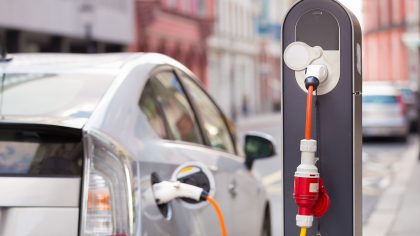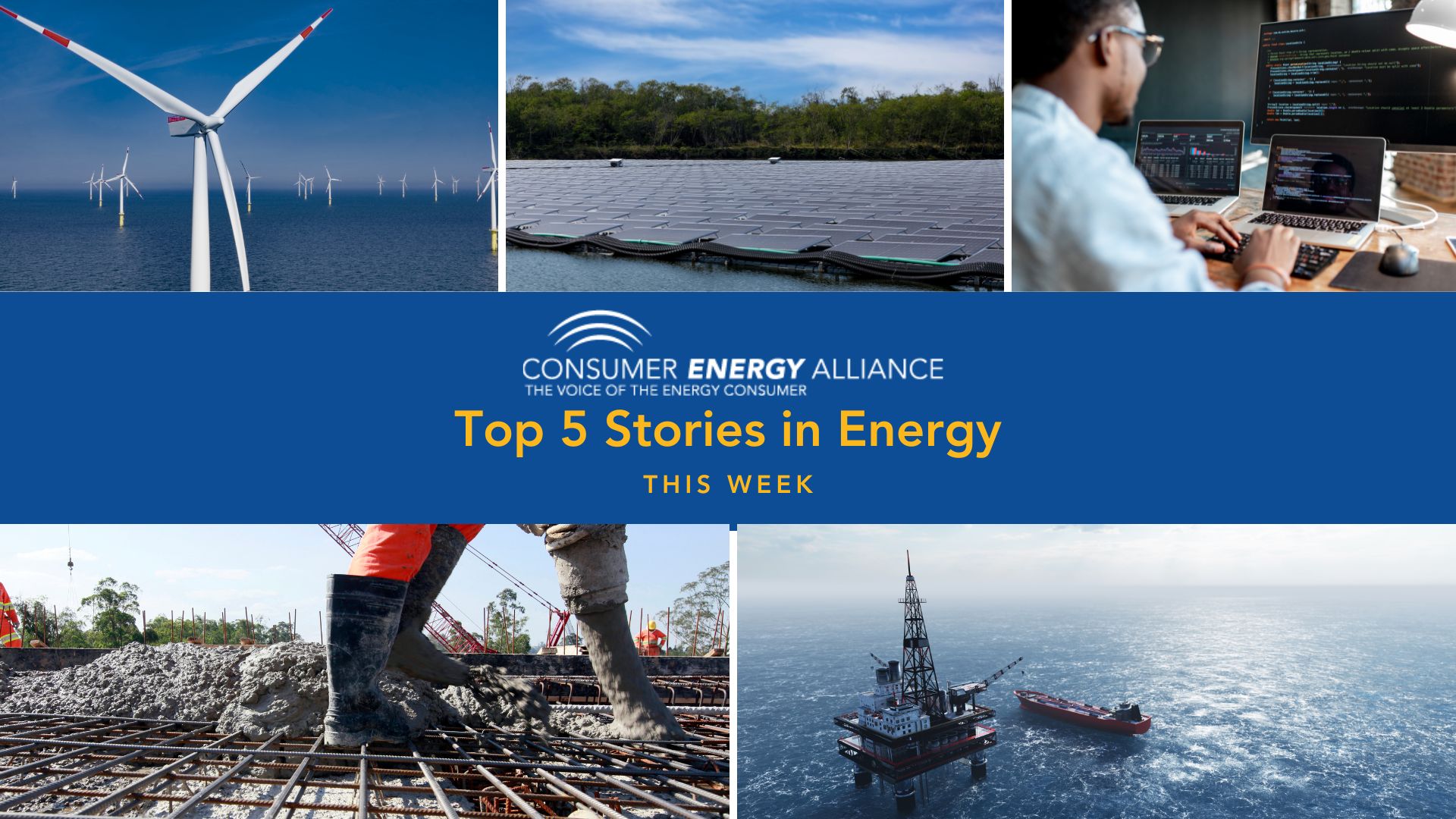On Tuesday, the Biden Administration announced the resumption of onshore and offshore lease sales on federal lands and waters. While many are pleased with the continuation of lease sales, the Administration is receiving criticism that the delay was far too long and the announcement left many questions unanswered.
In other big news this week, the Minnesota Supreme Court declined to hear an appeal by opponents of the Line 3 oil pipeline, allowing construction on the project to continue.
As the Gulf prepares for Hurricane Ida, oil futures rose over 10% for the week under expectations that Gulf production will go offline, creating less supply in the near term.
Catch up on more of this week’s energy news below!
Reduce the cost of floating offshore wind with a wall of turbines
Floating wind – as a wall of turbines in the future – could harness steadier, more powerful winds in waters further offshore. The Maritime Executive explains how this huge wind platform would generate the same energy as a conventional wind farm five times as large (by acreage) and each unit would be able to produce enough power to run 80,000 homes.
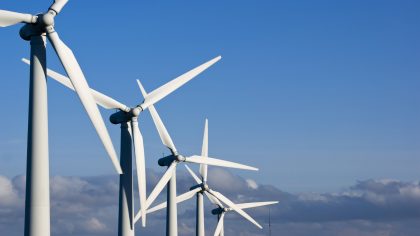
Energy companies are entering the digital world
While energy and utilities companies have entered the digital world later than some industries, the energy transition is creating a new digital paradigm in energy management, generation and consumption. Venture Beat shares how the electric utility industry is becoming more digital as they are making investments in upgrading the grid.

One of the world’s largest floating solar farms opens
Singapore opened up a floating solar farm made up of 122,000 solar panels, about the size of 45 football fields. According to EuroNews.com the 60 megawatt-peak solar photovoltaic (PV) farm is now officially one of the largest operational inland floating solar PV systems in the world.
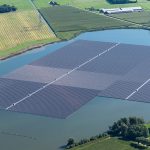
The world’s biggest wind turbine
China’s MingYang Smart Energy announced a 16-megawatt offshore wind turbine that is 794 ft tall, capable of powering 20,000 homes per unit over a 25-year service life. New Atlas reports on how its three 387-ft blades will sweep an area bigger than six soccer fields.
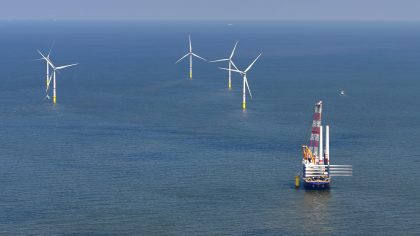
Magnetized concrete that wirelessly charges EVs
Researchers are looking at the viability of a new type of road that can charging electric vehicles while they are moving. The Brighter Side breaks down how the material is a combination of concrete and recycled magnetic particles, which can conduct electricity and drawn by a vehicle.
